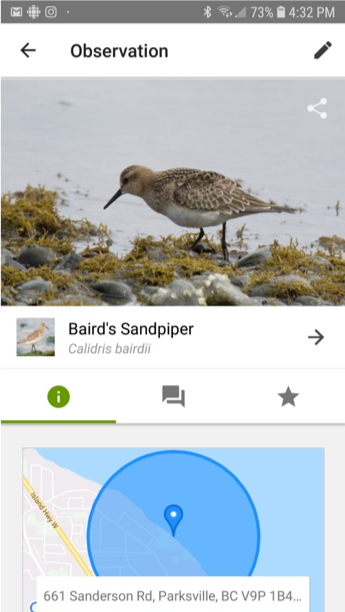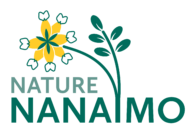By Staffan Lindgren
Our planet is full of organisms, and it can be very frustrating to try to identify what you see. It used to be that you had to have field guides for birds, insects, mushroom, plants etc., but in this electronic age, there are better ways to figure out what species you see. There is one caveat, of course, and that is that you need to have a photograph to feed into the tools that are available. But even that has become fairly accessible with all kinds of fantastic digital cameras. Even smart phones take wonderful photographs if you can get close enough, or you have a spotting scope. Below I am describing some of the ways that I know of where you can access a more or less reliable identification for your mystery organism.
We can start with just posting to specialty groups on Facebook. Always remember to include date and location as this will help whoever is trying to help. That goes for all methods unless otherwise stated. For birds, there are a number of groups specific to Vancouver Island or British Columbia. Examples are British Columbia Birds and Birds of BC. There is even a small group specific to Nanaimo and Gabriola Island: Nanaimo/Gabriola Birding! You can find them by putting in the search term “Birds” under “Groups”. You can post a photo and ask for help identifying the species, and people are usually quick to help. Similar groups exist for other special groups, e.g., the Vancouver Island Mushroom Identification & Info Group. If you search on “Identification” under groups you will get a host of options, although many may be global or specific to other areas. If you prefer a broader approach there is the Field Naturalists of Vancouver Island where all kinds of interesting information is posted, some of it ID-related. Instagram can be used the same way, and Twitter is excellent for rapid dissemination of queries, e.g., I often forward questions to people I know who may be able to help out.

For insects and other arthropods, there is a specialty site to which you can submit photos for identification called BugGuide. It may not be the quickest way to get a specimen identified, but you can go here to submit an image on the page shown above. BugGuide also has a large catalogue of images which can help you. As there are thousands upon thousands of insects and arthropods in Canada, you may wish to narrow down what type of insect (Order or Family) you are dealing with before submitting to a site, e.g., by asking the nearest friendly entomologist (like me – yes we are all friendly).
Birders are rather spoiled these days. The free app Merlin Bird ID, has a function that allows you to upload a photograph, and Merlin will come back with likely identifications. It is far from perfect, but it has worked for me on a few occasions. You can also use it as a field guide. I tend to use The Sibley eGuide to Birds App, mainly because I got it before Merlin. Both have songs and calls as well, but they tend to be somewhat eastern biased.

An increasingly popular tool in the world of apps is iNaturalist, which is truly fabulous as it covers all kinds of organisms. Again, you can submit a photo, and you identify it to the lowest level you can, e.g., you may just enter “Fungi”, and the community goes from there. If you only use one of these electronic resources, this may be the one you want. I have not used it as much as I should yet, but I hope to improve. The photo shows one of my contributions. In addition to solving your dilemma, the data associated with your photo becomes part of a citizen science database, and hence can be useful for others down the line.
The one app I am hoping for is a bird song ID app. However, because of the variation in song within species and among regions and even individual birds, it is apparently not something that can be solved yet. I am sure I have missed some useful sources, so I hope you will share with Nature Nanaimo members any additional source you can think of.
